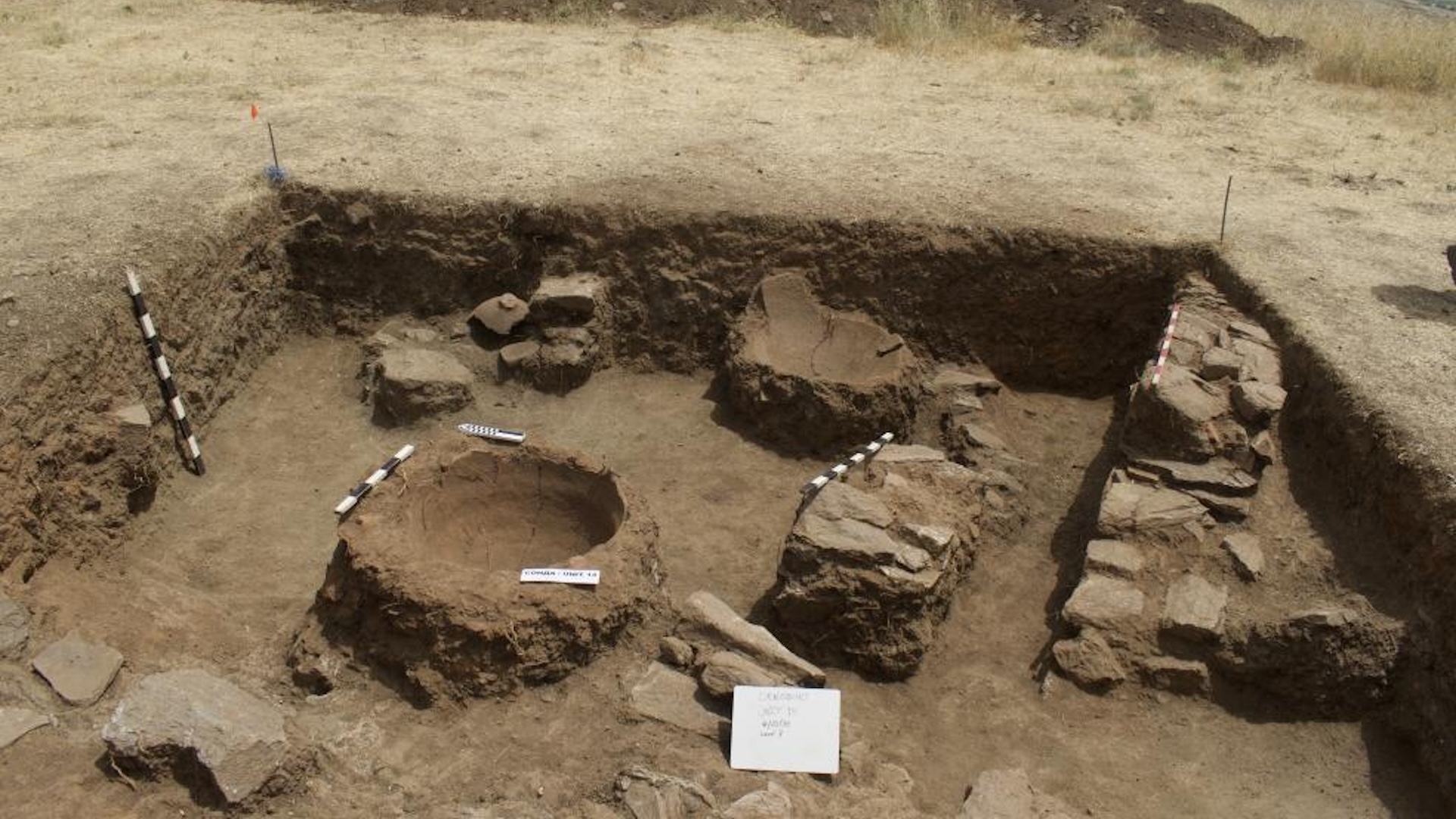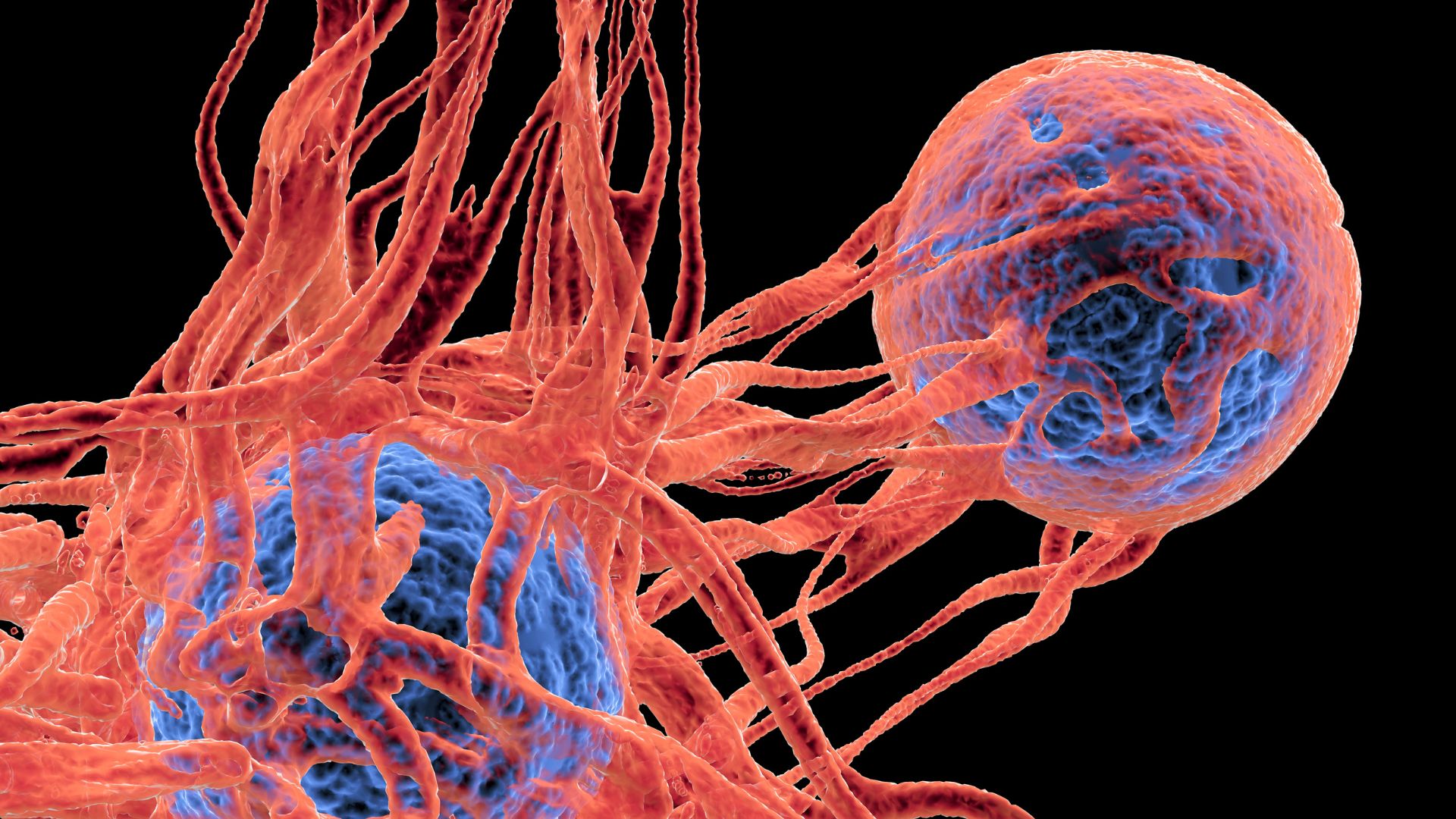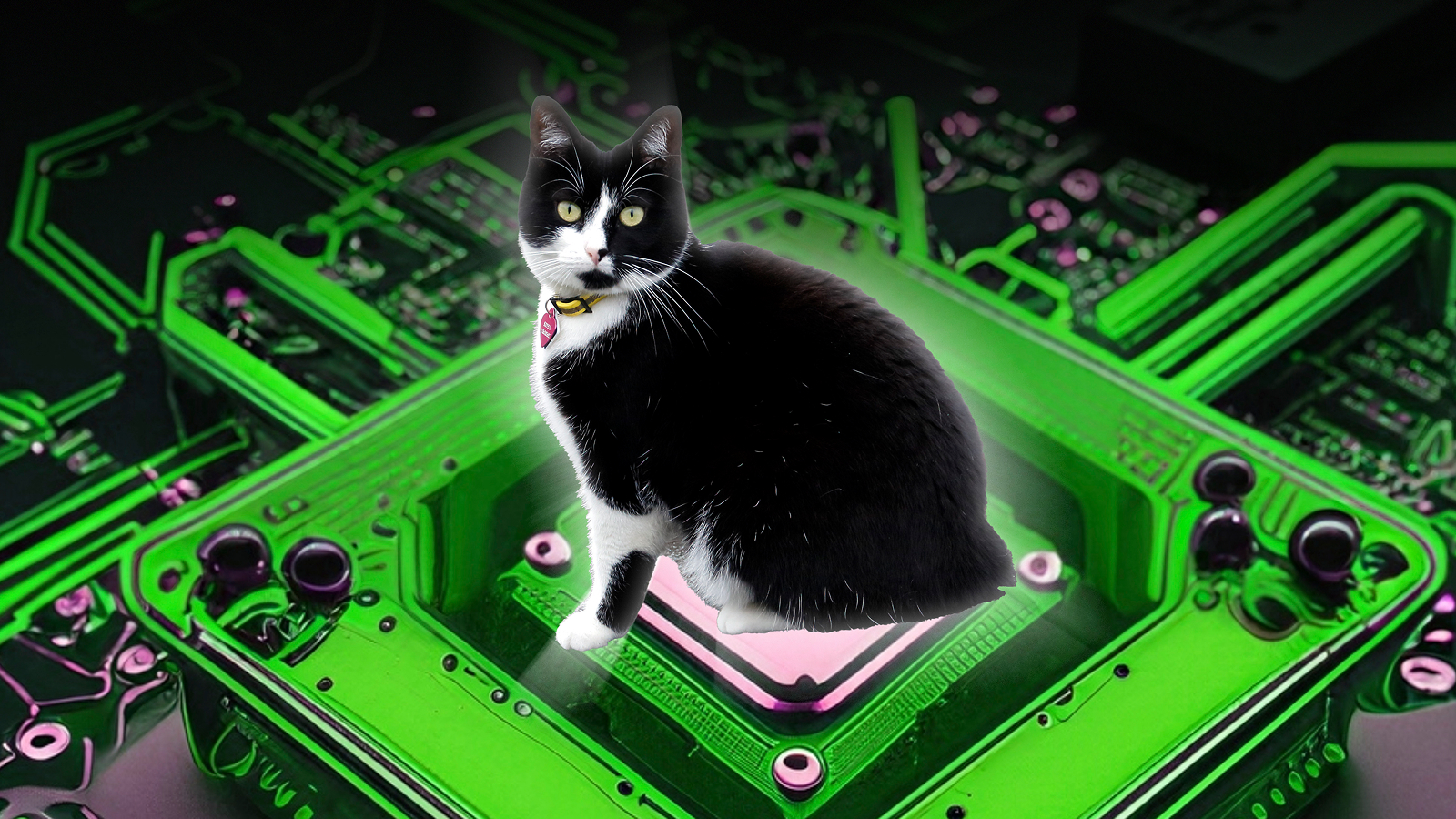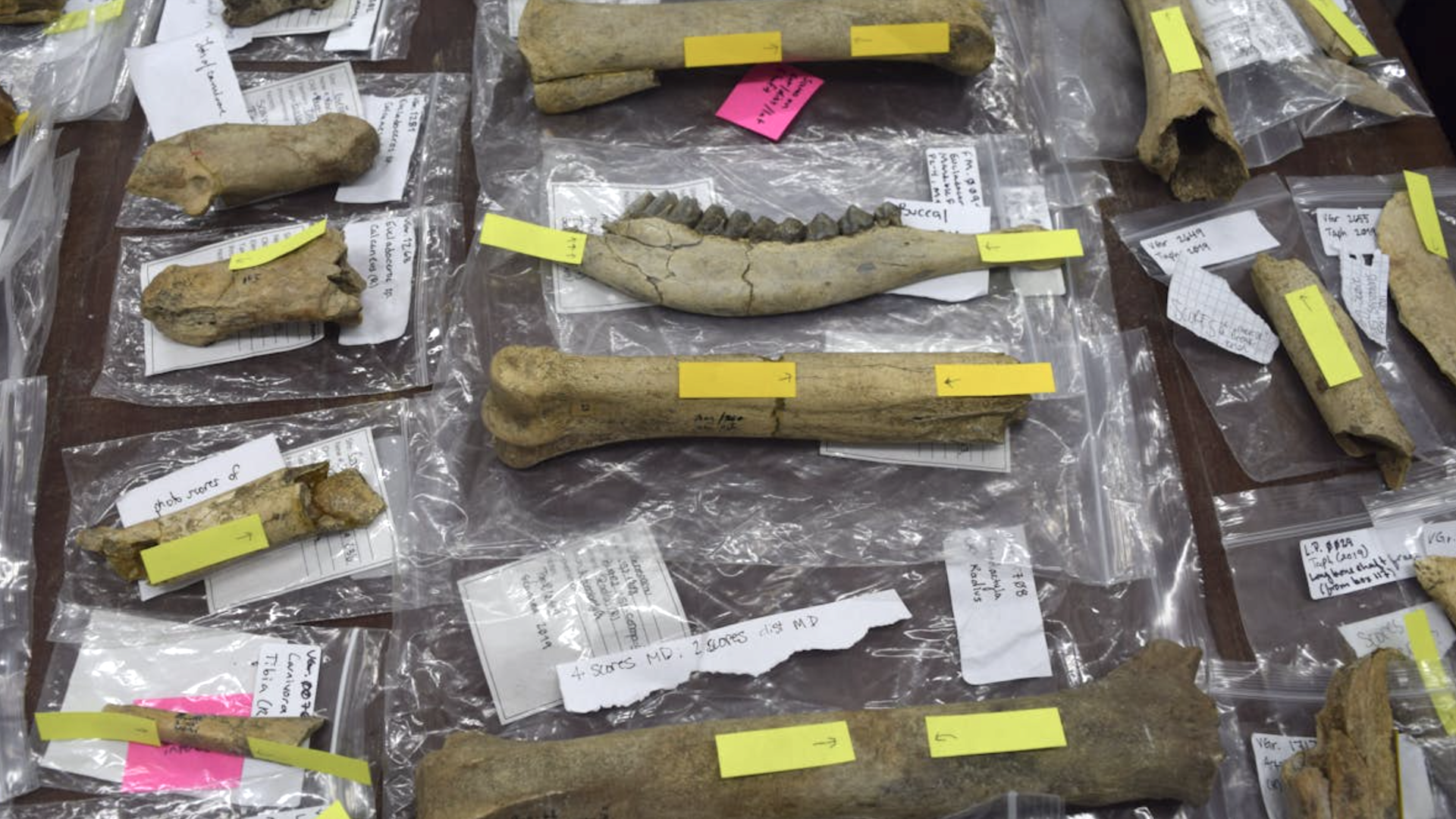World's first operating system for quantum computers unveiled — it can be used to manage a future quantum internet
QNodeOS is the world's first operating system designed for quantum computers and will enable connections between different types of quantum computers.

Scientists have developed the world's first operating system designed for quantum computers, which could let quantum computers connect with each other, thereby paving the way for a quantum internet.
An operating system, such as Microsoft Windows or Apple iOS, is the program responsible for managing every other application on a computer. However, most quantum computers are designed and built for a specific function; for example, to run an experiment or simulation.
This limits the potential functionality of quantum computers and hampers their connectivity. There are also different types of quantum computers that use different kinds of quantum bits (qubits) to achieve quantum superposition in different ways.
But on March 12, scientists published a new study in Nature describing QNodeOS, an operating system for quantum computers that works with all kinds of machines irrespective of the type of qubits they use.
Such an operating system would enable multiple quantum computers to be connected together and controlled by the same central platform.
The future of quantum computing
QNodeOS operates by combining a classical network processing unit (CNPU), which is the logical element for initiating the execution of the code, with a quantum network processing unit (QNPU), which controls the quantum code.
Together, the CNPU and QNPU form the QNodeOS, which controls a separate quantum device, called the QDevice.
Sign up for the Live Science daily newsletter now
Get the world’s most fascinating discoveries delivered straight to your inbox.
Related: Quantum computers are here — but why do we need them and what will they be used for?
The QDevice is quantum hardware-dependent technology responsible for executing quantum operations (gates, measurements and entanglements). There would need to be a QDevice for every quantum computer that the QNodeOS is required to operate.
A key component of the QNodeOS is the QDriver, which connects the QNodeOS to the QDevice. The QDriver is the only part of the QNodeOS that is quantum hardware-dependent. It translates the platform-independent quantum operations from QNodeOS into platform-dependent instructions and vice versa, thus enabling the QNodeOS to control different types of quantum computers. Executing a process also requires NetQASM — a universal, platform-independent instruction set architecture for quantum internet applications.
The scientists demonstrated the QNodeOS by connecting different quantum computers together (two made from processed diamonds with nitrogen vacancy centers and another made from electrically changed atoms) and running a test program, in a similar way to how a classical computer performs a calculation using cloud computing.
Further experimentation with the QNodeOS is required, like using more quantum computers of different types, as well as increasing the distance between them, the researchers noted in the study. The study highlighted that the architecture could be improved by having the CNPU and QNPU on a single system board, to avoid millisecond delays in their communication, rather than relying on two separate boards.
An operating system for quantum computers represents a major step forward in their development. One of the potential applications for a quantum computer operating system is for distributed quantum computing, as well as potentially laying the foundations for a quantum internet.
Peter is a degree-qualified engineer and experienced freelance journalist, specializing in science, technology and culture. He writes for a variety of publications, including the BBC, Computer Weekly, IT Pro, the Guardian and the Independent. He has worked as a technology journalist for over ten years. Peter has a degree in computer-aided engineering from Sheffield Hallam University. He has worked in both the engineering and architecture sectors, with various companies, including Rolls-Royce and Arup.
You must confirm your public display name before commenting
Please logout and then login again, you will then be prompted to enter your display name.











